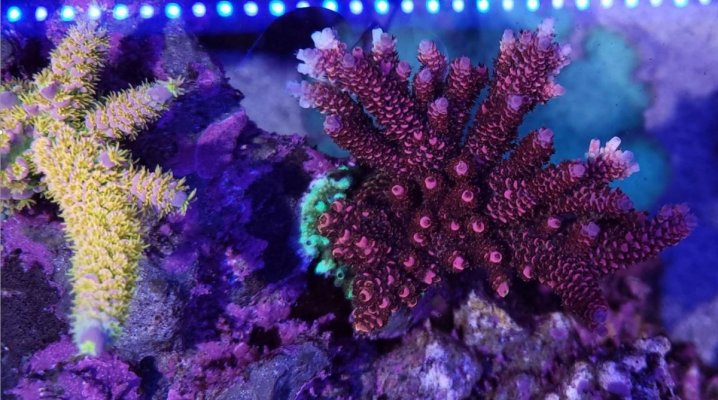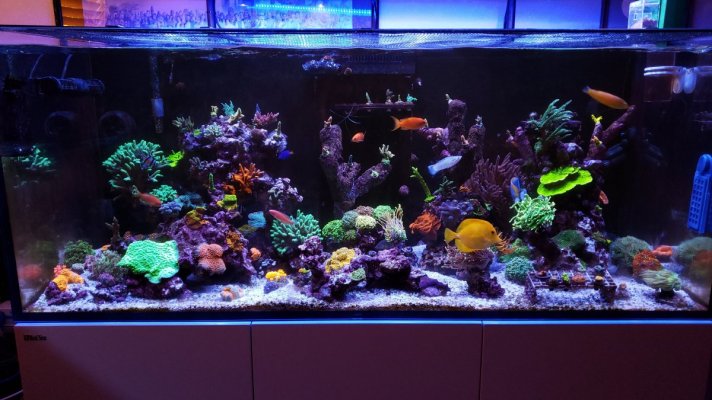Interesting. I have a Seneye and compared it to my local reef club's Apogee. The results were almost exact. I did a map of my entire tank using both units, and the readings were within 10 or so PAR of each other. I wonder if it depends on the combinations of LED's that are being used?
My lights are 4 XR15 Gen 5 Pros running the AB+ schedule. Perhaps if someone is running more/less blue, that may affect the readings on Seneye vs Apogee?
BRS did a nice comparison of several PAR meters and also found Seneyer to be very accurate. Hence why I think my PAR reading is in a good range.



















